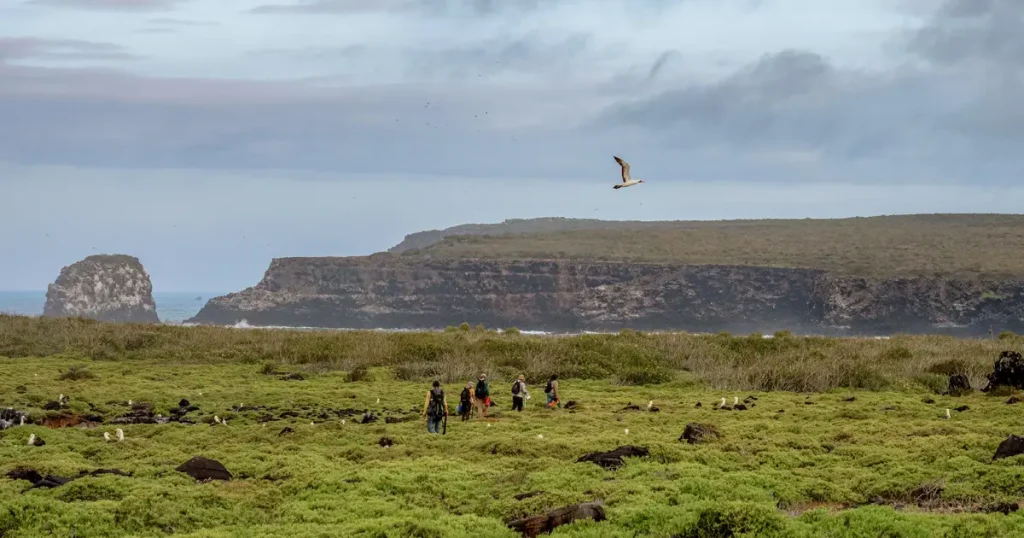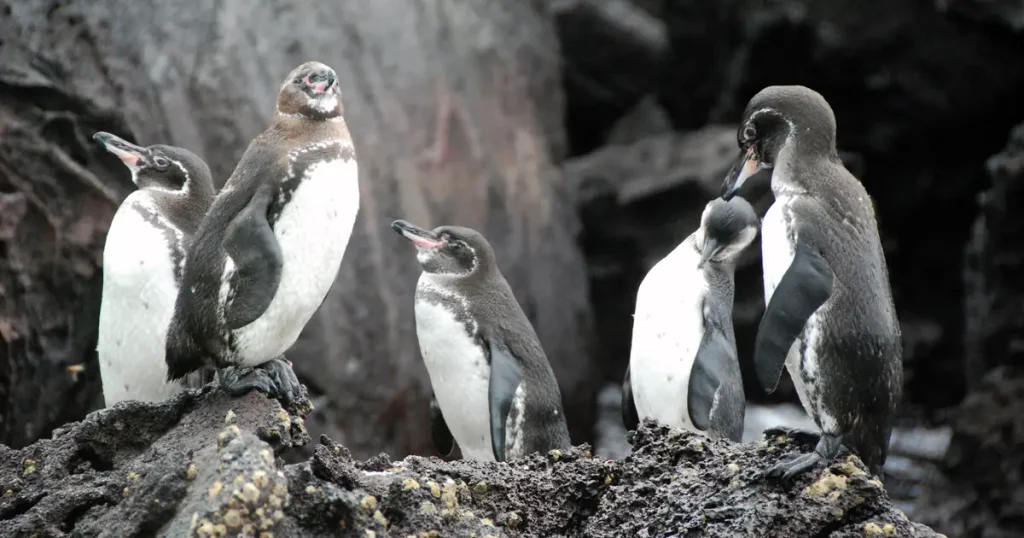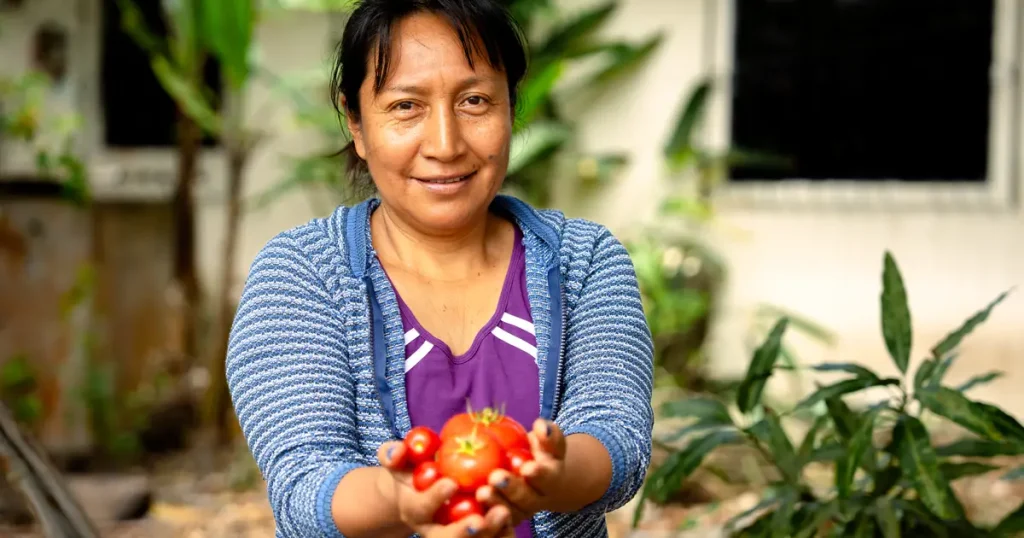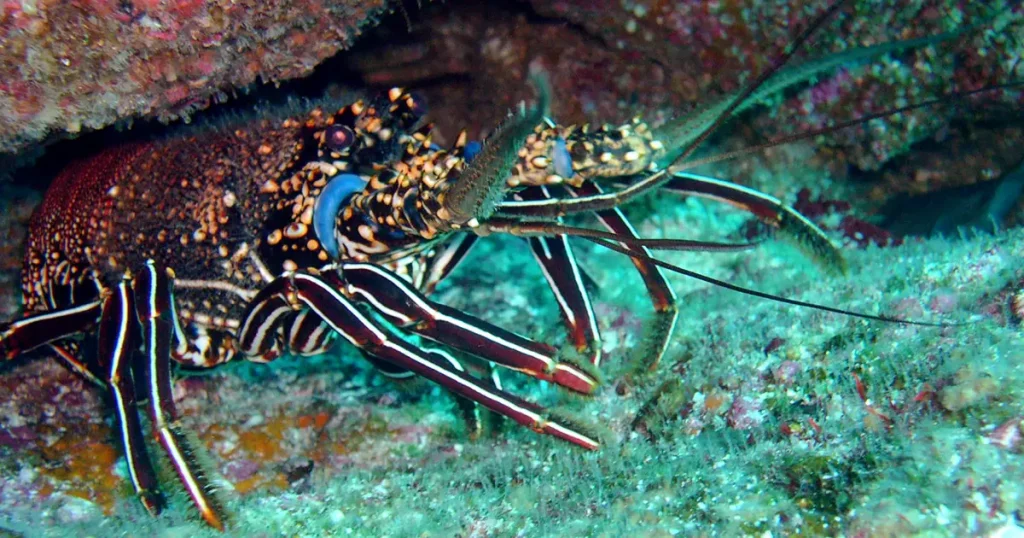Rábida Island
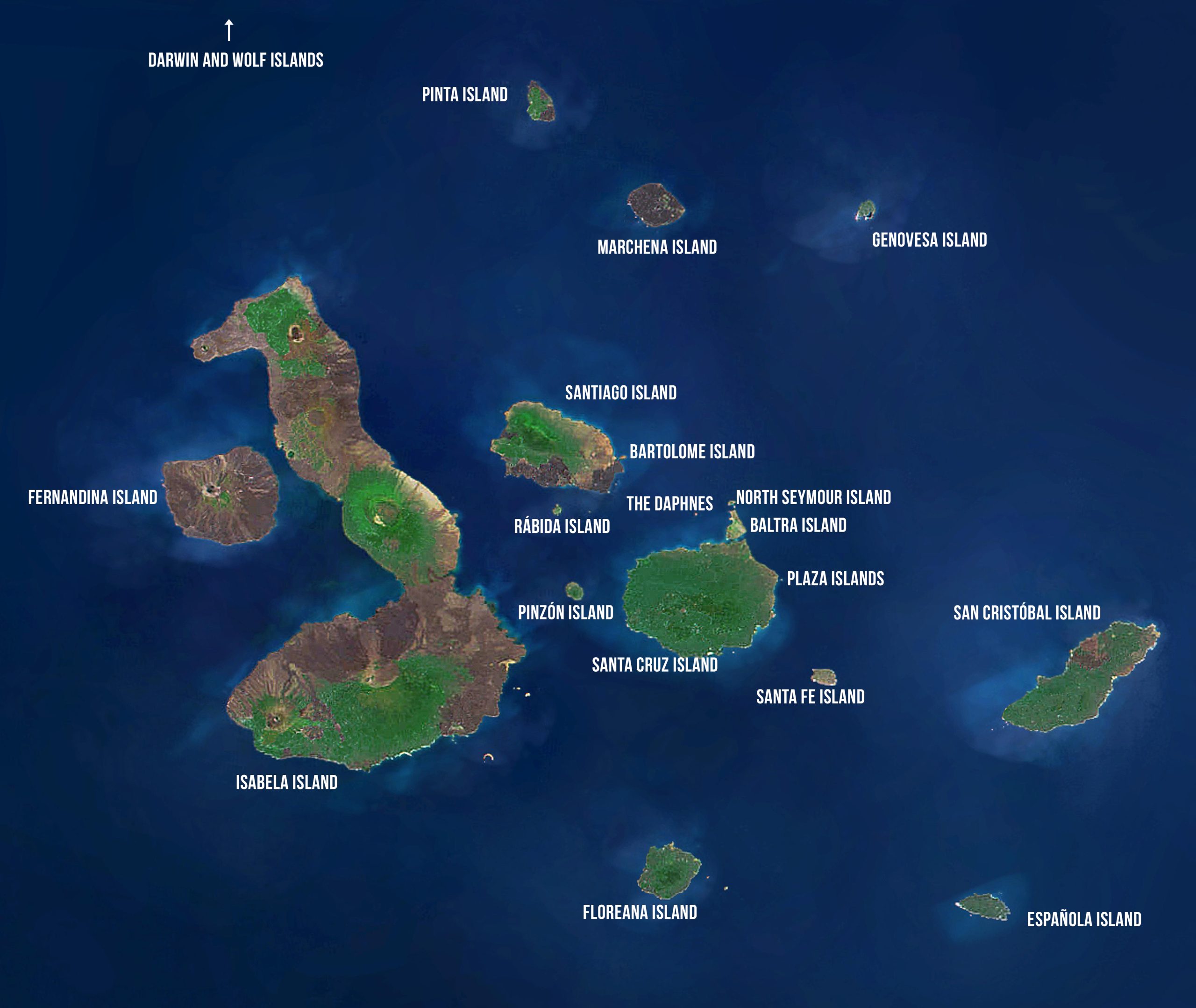
Rábida Island
Area: 4.9 km2 or 1.89 mi2
Maximum Altitude: 367 m or 1203 ft
Human Population: 0
HISTORY
Sitting 4.5 km to the south of Santiago Island, Rábida Island is one of the most volcanically varied islands in the archipelago. Originally named for the 18th-century British admiral John Jervis, the island’s official Ecuadorian name is Isla Rábida, named after the convent of Rábida, where Columbus left his son during his voyage to the Americas. In the Galápagos literature, the description of the various giant tortoise populations often describe a population for Rábida. A tortoise specimen was collected by the California Academy of Sciences in 1905; however, there was some evidence that this tortoise was from southern Isabela and recent genetic analyses confirm this.
TODAY
Rábida is a relatively small, arid island with steep slopes. Most of the coastline is rocky except for a beach on the northeast side. Several small volcanic craters and the high amount of iron in the lava give the island its distinctive red color and overall appearance.
CONSERVATION CHALLENGES
Goats were introduced to Rábida twice, first around 1971 and then again prior to 1975. The first group of four animals was eradicated in 1971 and the second group of 10 animals was eliminated between 1975 and 1977. Since then, the island has remained goat-free.
Today, the main conservation challenge is the presence of introduced Norway Rats and perhaps Black Rats. Although the introduction date is unknown, it is believed that rats arrived on Rábida within the last half century. Rats have negative impacts on both native vegetation and birds and reptiles. Rábida has one Critically Endangered plant species (Galvezia leucantha pubescens), which may be affected by the rats.
An international workshop on rodent eradication, held in Galápagos in 2007, resulted in the development of a rodent eradication plan for Pinzón and Rábida Islands. In January of 2011, the Rat Eradication Project was implemented on Rábida. A successful eradication should result in the enhancement of both native flora and fauna.
Visitor Site
A visit to Rábida’s lone terrestrial visitor site begins with a wet landing on the maroon-colored beach on the northern coast. Marine iguanas and sea lions are often seen resting in the shade of the caves nearby.
Brown Pelicans nest in the salt brush behind the beach. Rábida is one of the best places for visitors to see pelicans nesting up close. Blue-footed and Nazca Boobies frequent the cliffs above.
Behind the beach is a saltwater lagoon that, at times, is a feeding and breeding area for flamingos. These large pink or reddish birds live in shallow saltwater lagoons and feed 7-12 hrs each day, primarily on the pink shrimp larva and water boatmen that give them their color. The number of flamingos on Rábida has varied over the years and in some years they are not observed at all. Pintail Ducks and Common Stilts are also frequently seen feeding in the lagoon.
A short trail inland is a good place to observe land birds such as finches, Galápagos Doves, Yellow Warblers, and mockingbirds, as well as the occasional snake. The vegetation consists mainly of Opuntia cacti, Palo Santo trees, and scrubby bushes.
Visits to Rábida often end with swimming and snorkeling, which is very good here.
Marine Site
Around the northern tip of Rábida, divers can observe sea lions, sea turtles, Eagle Rays, Garden Eels, and occasionally sharks and penguins. There is also a small colony of fur seals.
